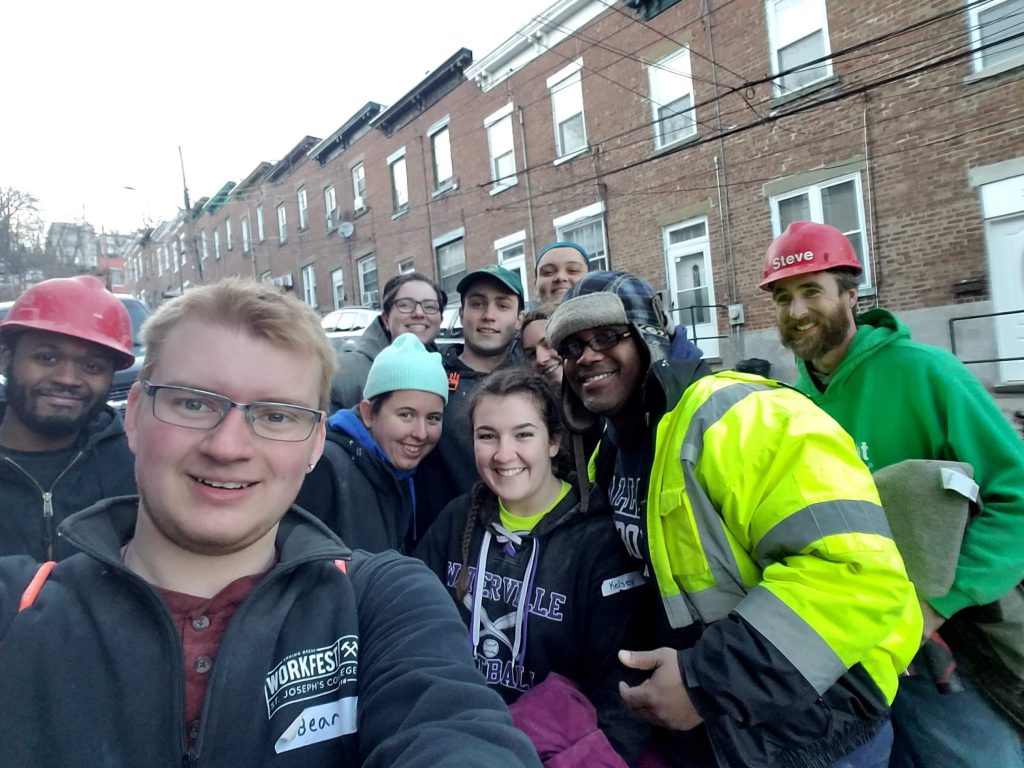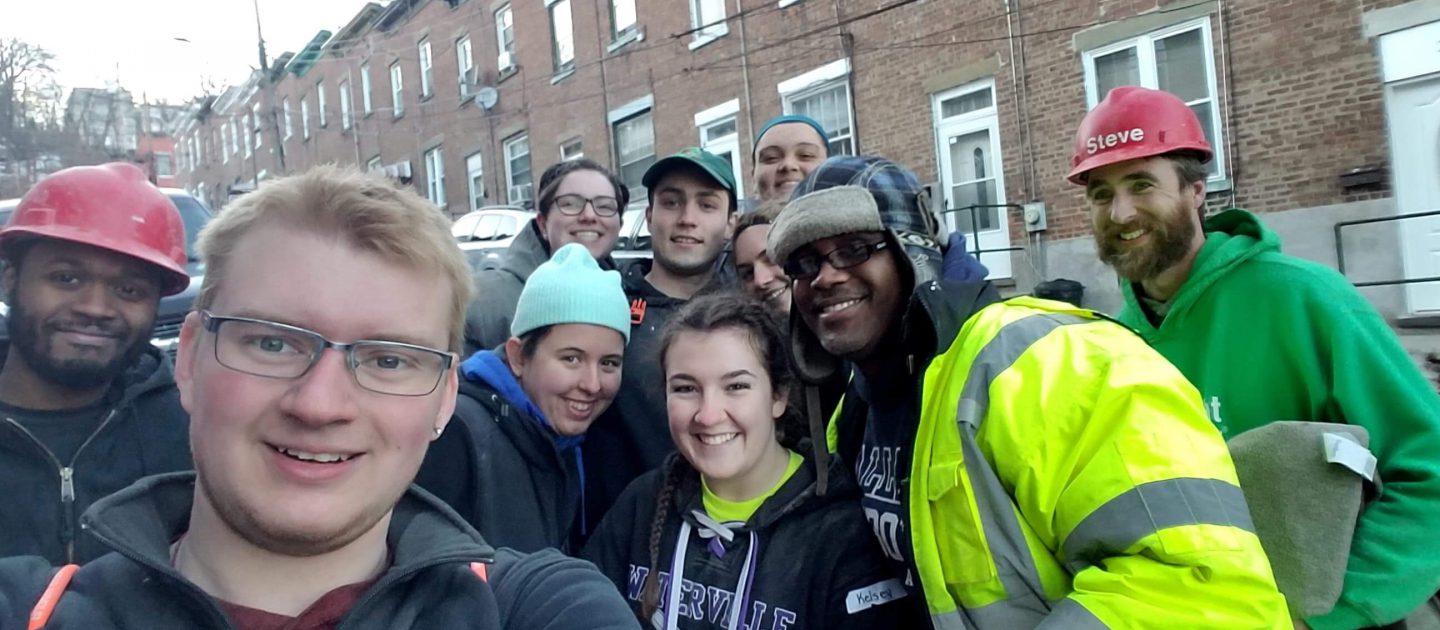Over the past year, I’ve introduced the term “radical hospitality” into my descriptions of what we’re trying to accomplish at Saint Joseph’s College.
The concept of radical hospitality braids together Christ’s teachings about welcoming the stranger with the ancient Rule of St. Benedict and with the 20th c. writings of French philosopher Derrida. This body of thought collectively focuses on what it means to create a safe and inclusive place that meets our collective needs as a community.

In their book, Radical Hospitality: Benedict’s Way of Love (2002, Paraclete Press), Lonni Collins Pratt and Father Daniel Homan wrote, “The image of preparing a table, or preparing a place, is a good overall image for hospitality. In genuine hospitality we work to make our entire existence a welcoming table, a place prepared for others to be at ease, to receive from us comfort and strength. Hospitality teaches me to work at becoming someone who is easy to be with, as either guest or host.”
Understood this way, radical hospitality has both an outward and an inward dynamic. It is about practicing a true openness to the person in front of me and, increasingly, to the person inside of me. A key element of radical hospitality is vulnerability.
Authentic learning cannot happen without vulnerability. For example, when our students serve communities nationwide on Spring Break Workfest trips—or on Service Trips internationally—they open themselves to new challenges, new people, and new ideas that will transform them.
The meal table is, of course, a prime location for the practice of hospitality. But, as Pratt says, “It isn’t just food we pass out that nourishes or impoverishes the human heart. The table, for the teacher or social worker, is her or his desk. Whatever the specific physical structures of your work might be, you give something to others from them. You create a space for others because work is always for the service of others.”
At its core, any liberal arts college community—but especially one working in the Mercy tradition—should be creating opportunities that encourage this kind of openness and transformation.
In this issue of the magazine, you’ll read about faculty, staff, students, and other members of the College community who each, in their various ways, are creating hospitable spaces where community can grow and authentic learning can happen. Enjoy!
